Inside the world's largest sun-spotting telescope
A tour of the Daniel K. Inoye Solar Telescope, the world’s largest sun-spotting telescope.
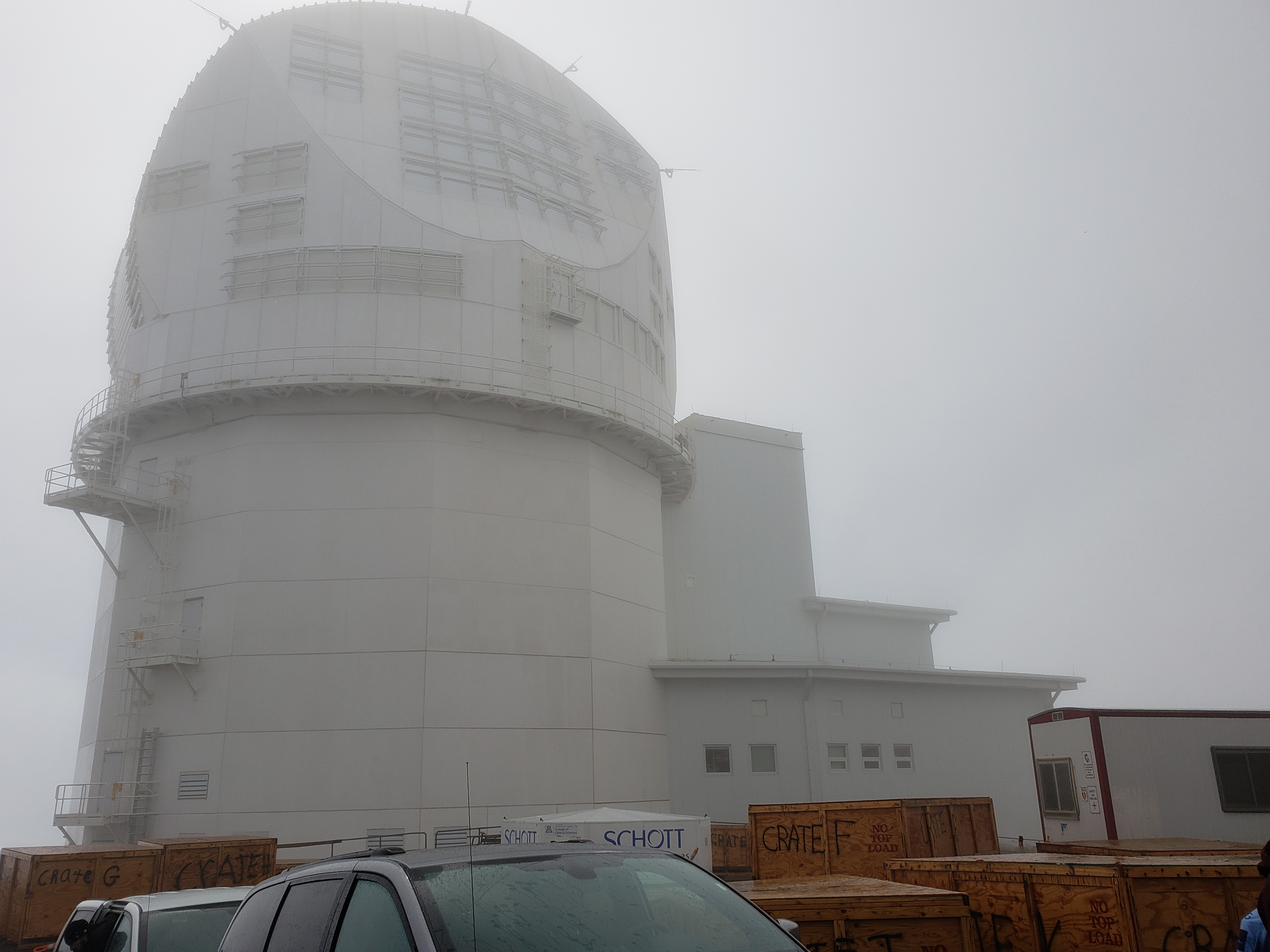
Perched atop the mountain Haleakalā on the island of Maui in Hawaii, the National Science Foundation's Daniel K. Inouye Solar Telescope stares up toward the sun.
The telescope, nicknamed DKIST, was scheduled to open in the summer of 2020 atop the mountain's summit, which has long been lauded for its incredible views of the sun, with tourists flocking to the peak to view incredible sunsets. The mountain's name is actually Hawaiian for 'house of the sun,' making it a fitting place for the world's largest solar telescope.
In January 2020, Space.com visited the telescope, named for the Hawaiian senator who served for nearly 50 years.
Related: What's inside the sun? A star tour from the inside out
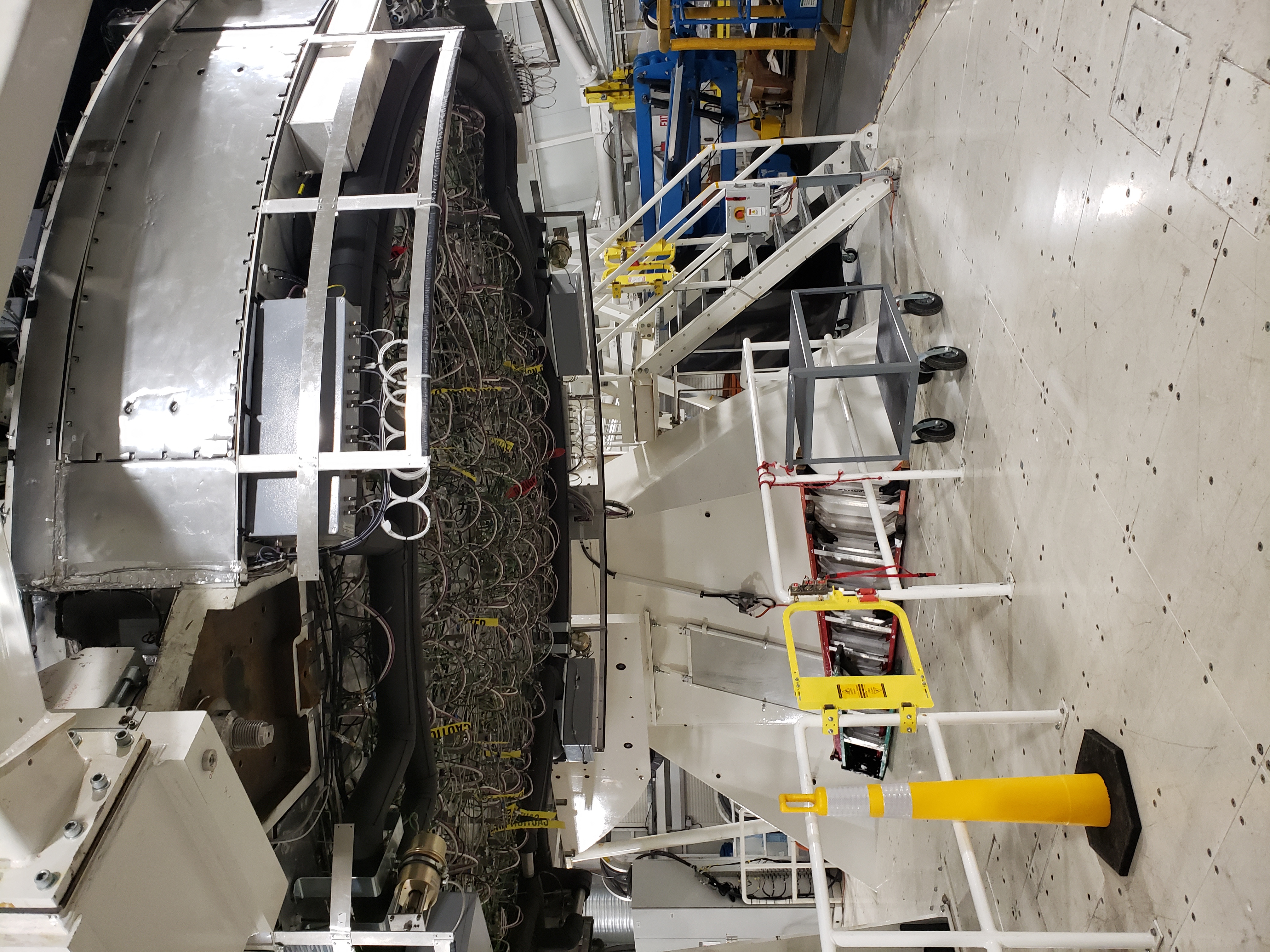

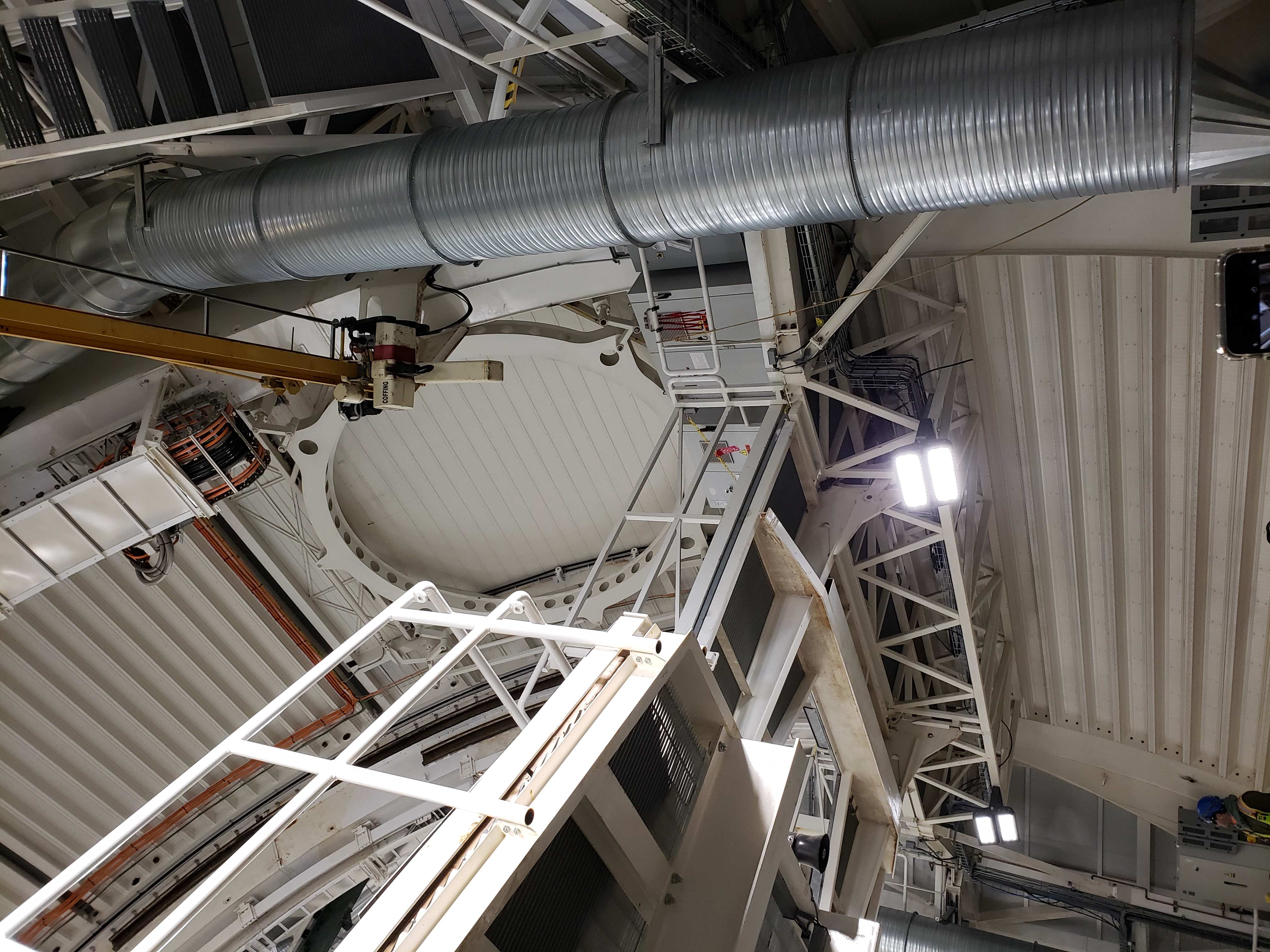
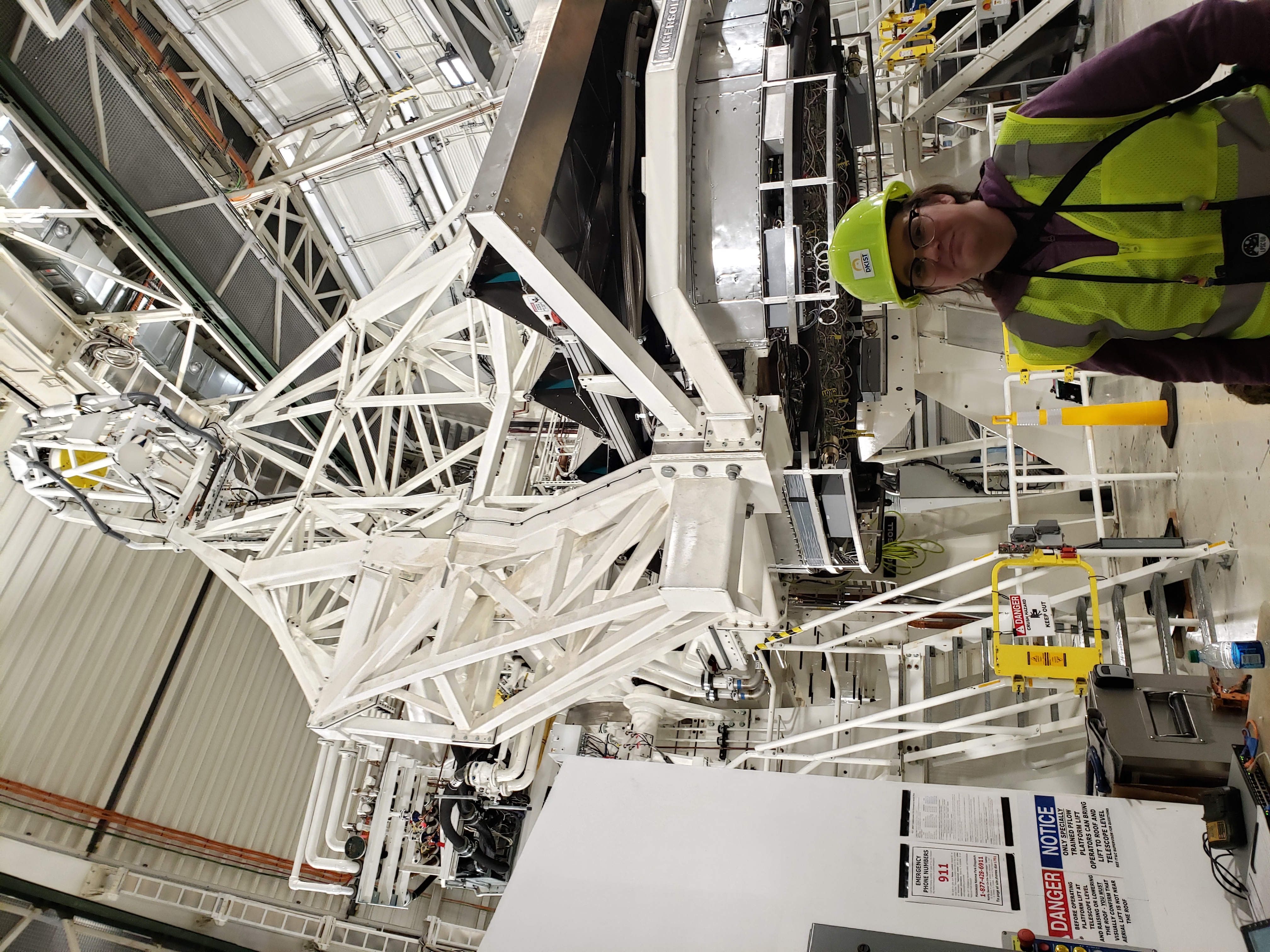
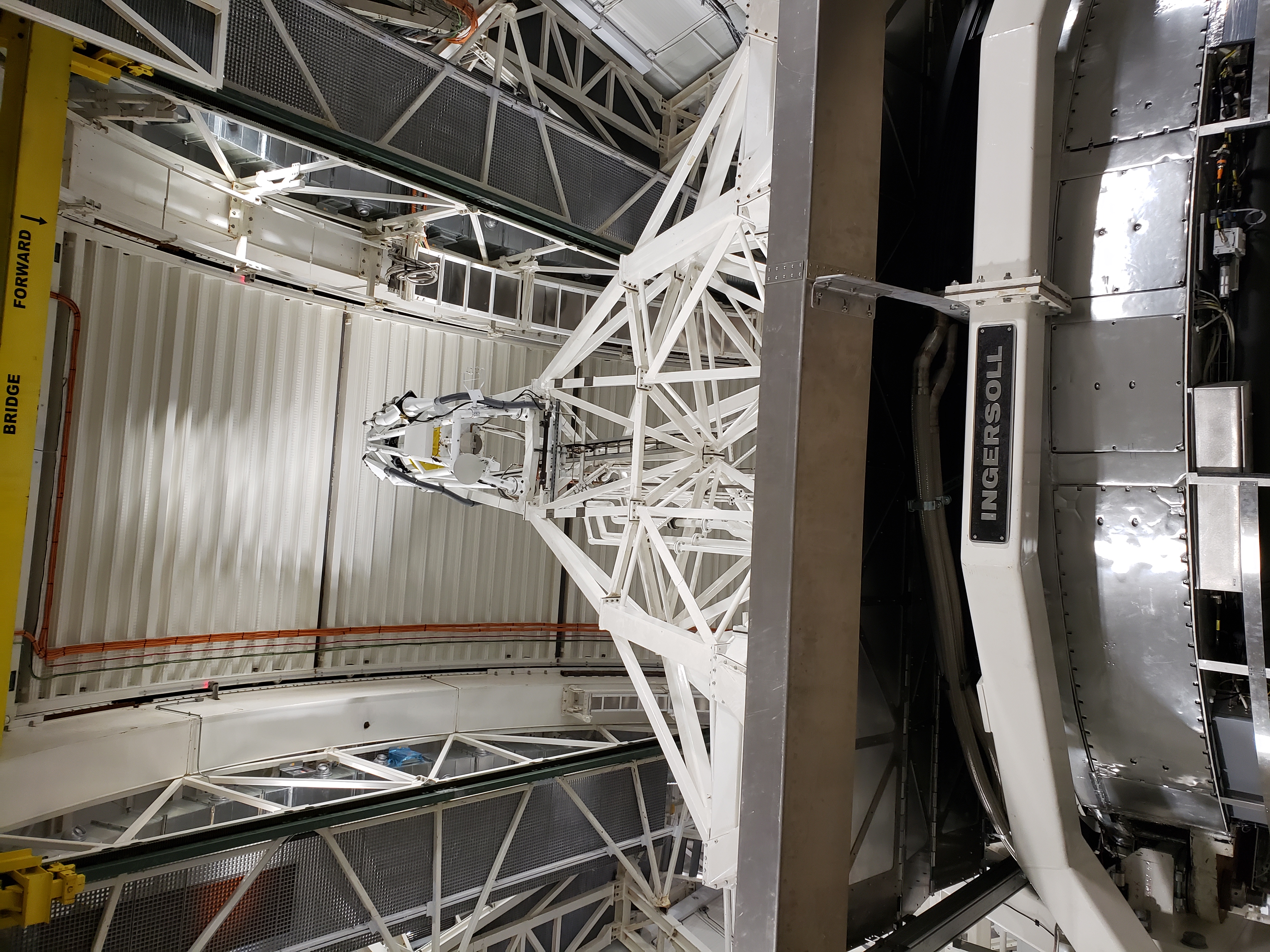
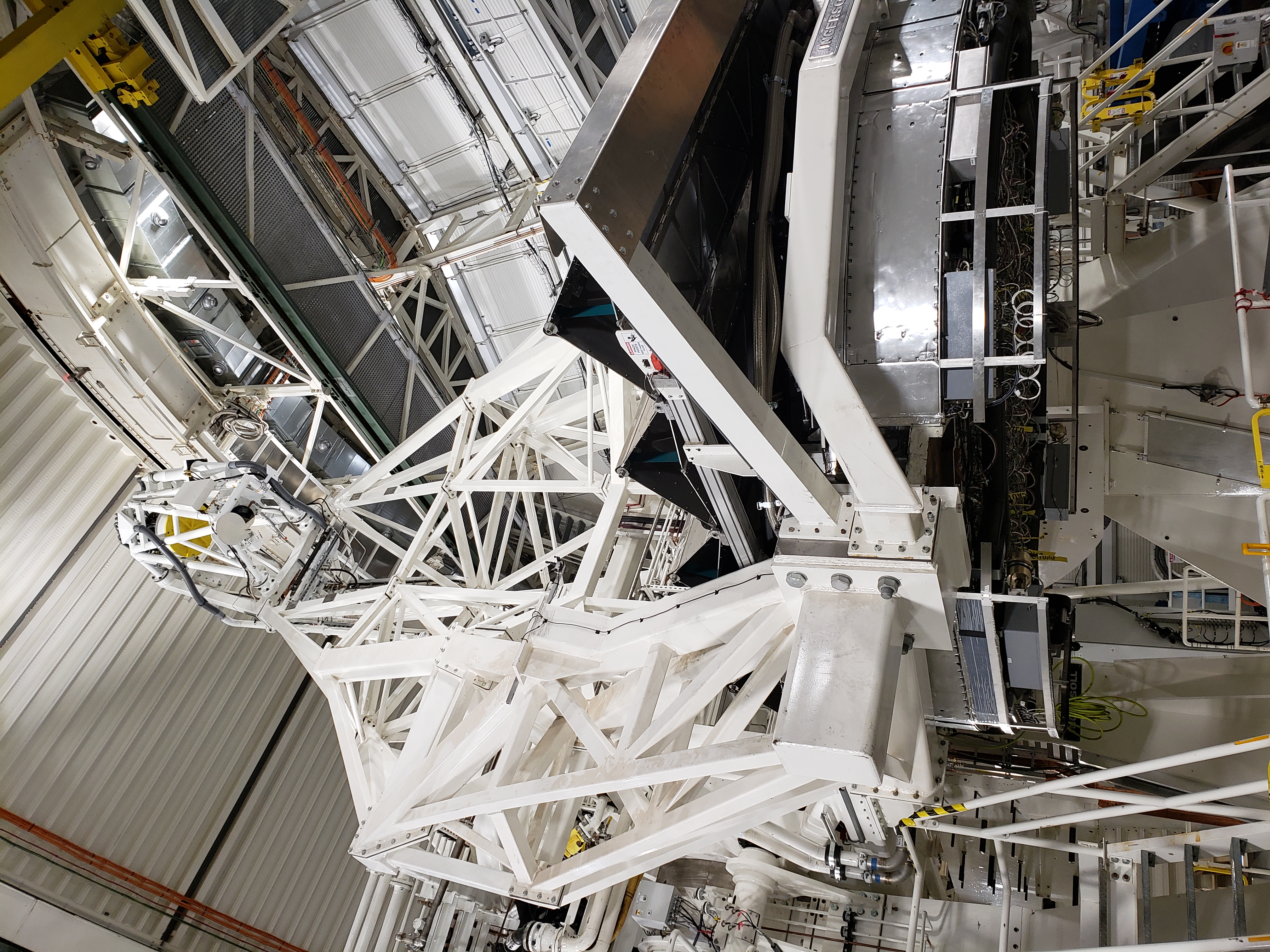
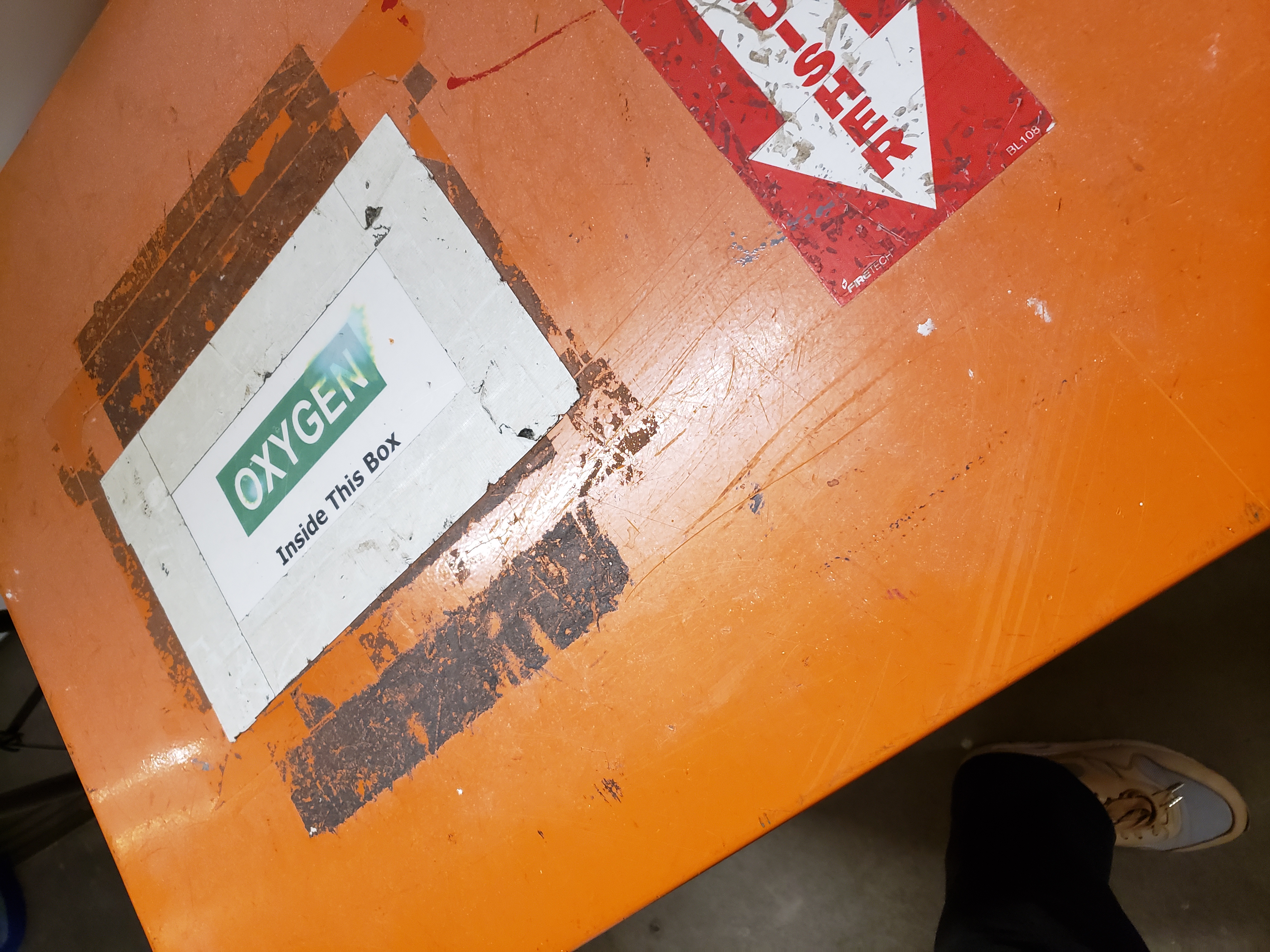
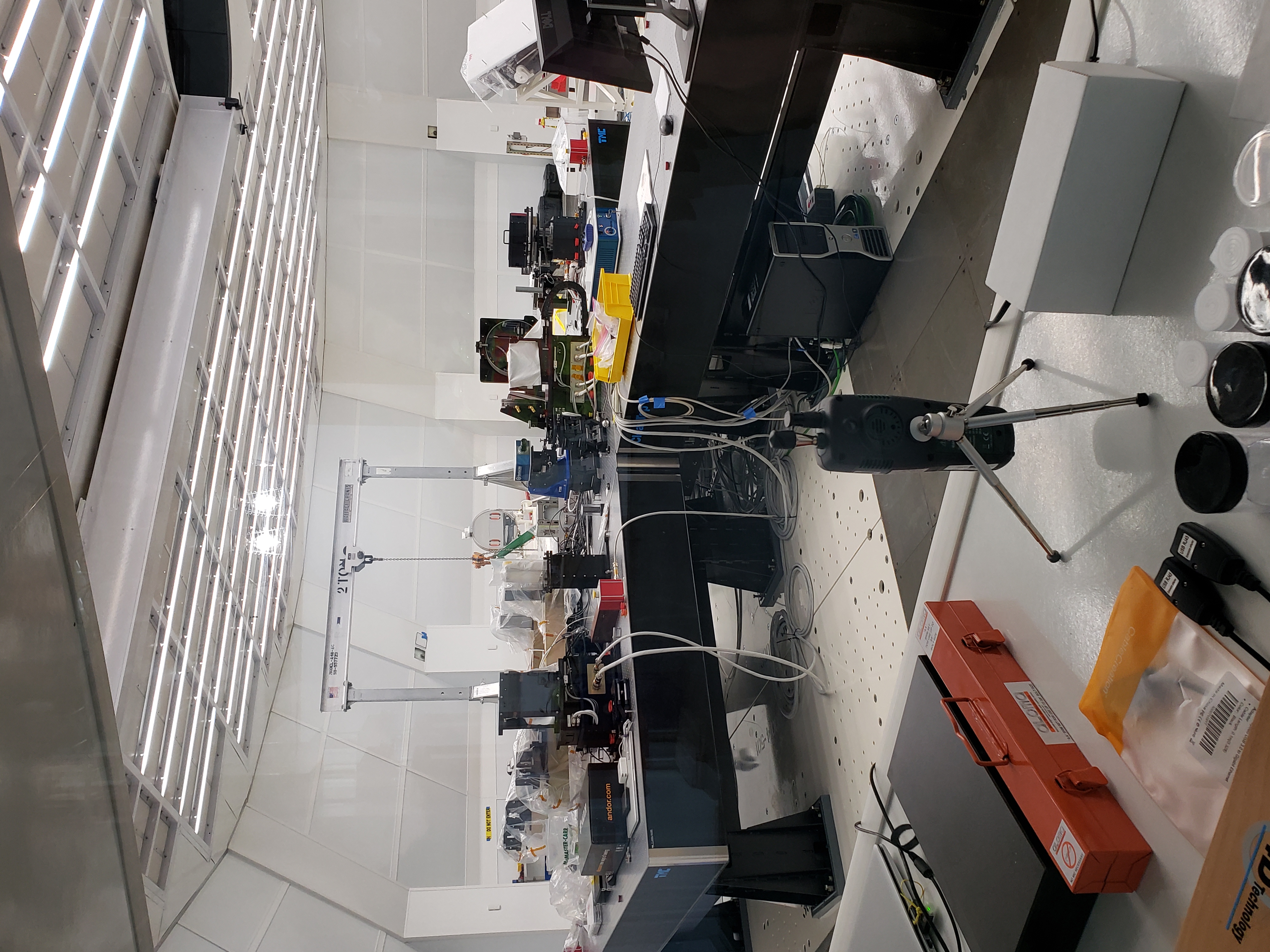
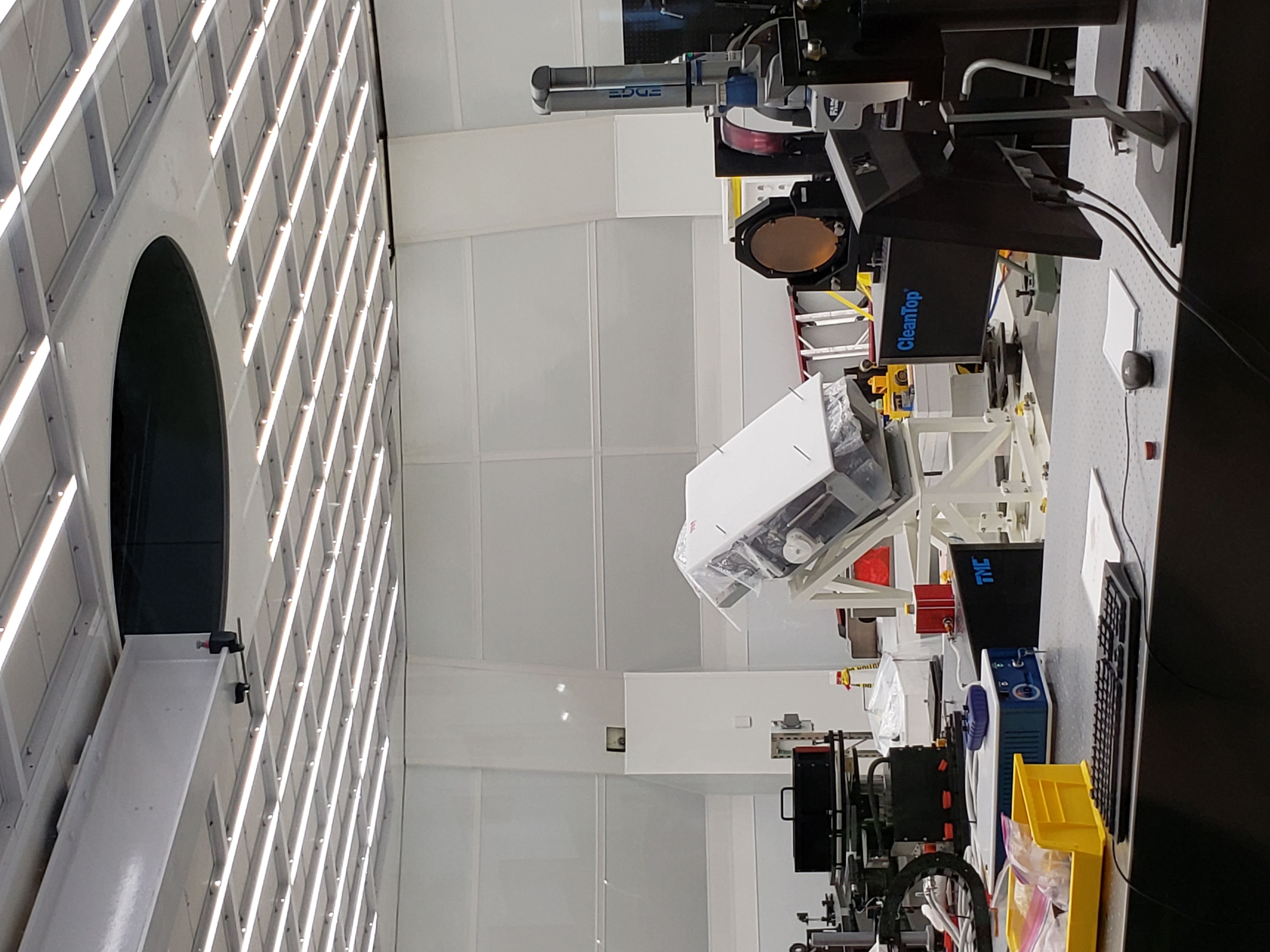


Work in progress
Because the telescope was still under construction during this visit, all visitors were required to don bright yellow clothing and a hard hat. But even once the observatory is complete, it will remain a potentially hazardous place to visit. With an altitude just over 10,000 feet (3,050 meters), the observatory sits above much of the Earth's atmosphere. The high altitude can affect visitors, and oxygen equipment and other health monitors were visible throughout the facility. High altitudes can cause shortness of breath, weakness, nausea and other symptoms, an issue that the group was reminded of when one visitor had to be taken to the hospital mid-visit.
After a brief review of the observatory's capabilities, the group moved up the stairs to see the giant telescope itself. DKIST towered above the group, stretching over 76 feet (23 meters) from its tip to the floor.
The telescope sits on a wide circular base. Both it and the dome are capable of rotating, allowing the instrument to track the sun across the sky over time. The dome's edge includes catwalks that allow engineers and technicians to access the instrument. Underneath is a mess of wires that manage the 120 actuators that keep the telescope's mirror level and unmoving during observations.
Get the Space.com Newsletter
Breaking space news, the latest updates on rocket launches, skywatching events and more!
At first glance, DKIST resembles traditional telescopes. Light streams through a circular hole in the dome and hits a 4-meter mirror sitting atop white scaffolding. The Gregorian telescope is designed to avoid a central obstruction. A large arm holds a small circular object at its peak.
But that's where the resemblance ends. Instead of the focal mirror most nighttime instruments carry, DKIST has a complex optical assembly at the end of the arm that deals with a significant amount of heat. Sunlight reflects off the telescope mirror to the top end optical assembly. Most of the heat is absorbed by the heat stop, a piece of liquid-cooled metal that absorbs more than 95 percent of the reflected heat and light. A small fraction of the light passes through to hit smaller cooled mirrors that align the rays and pass them to a series of mirrors in the Coudé laboratory below, which is a rotating platform that houses an array of instruments.
During the January tour, DKIST had a problem with its heat stop. The initial heat stop had been replaced by a temporary stop, which the scientists were in the process of refining. A second version was expected to be implemented within a few months, prior to the projected end of construction this summer.
A distant lab
Unlike many telescopes, DKIST doesn't have an array of instruments hanging off of it. Instead, a small portion of the incoming sunlight travels down its central pillar several stories below to the Coudé Laboratory. The laboratory is the heart of the instrument and where data from the telescope is collected.
Light travels straight down from the telescope to the lab, where an array of mirrors bounce it from instrument to instrument as though they were lighting an ancient Egyptian tomb. The lab sits on a circular platform 54 feet (16.5 m) across. The 150-ton platform rotates to counteract the rotation of the Earth, which causes the sun to appear to move across the sky.
The lab is a Class 10 cleanroom, with a relatively high minimum cleanliness level. Unless they are installing, removing or repairing instruments, visitors to the observatory are only allowed to see it through a pane of glass. A shade is closed over this glass during observations when sunlight streams from the telescope to the instruments beneath.
When construction is completed, DKIST will have five instruments performing science, but those instruments can be switched out over time to allow for different types of observations and studies. The telescope's instruments are intended to be automated, not requiring direct human interaction, with results transmitted by computer.
The Inouye solar telescope is poised to study the outer layers of the sun in incredible detail, allowing researchers to zoom in on fundamental magnetic and plasma processes. Although it has already released its first light image, once the telescope has completed construction and can operate at full capacity, it will shine significant light on solar science.
- NASA's Parker Solar Probe mission to the sun in pictures
- World's largest solar telescope produces never-before-seen image of our star
- Stunning NASA image lets you watch the sun explode in real time
Follow Nola on Facebook and on Twitter at @NolaTRedd. Follow us on Twitter @Spacedotcom and on Facebook.
OFFER: Save 45% on 'All About Space' 'How it Works' and 'All About History'!
For a limited time, you can take out a digital subscription to any of our best-selling science magazines for just $2.38 per month, or 45% off the standard price for the first three months.
Join our Space Forums to keep talking space on the latest missions, night sky and more! And if you have a news tip, correction or comment, let us know at: community@space.com.

Nola Taylor Tillman is a contributing writer for Space.com. She loves all things space and astronomy-related, and enjoys the opportunity to learn more. She has a Bachelor’s degree in English and Astrophysics from Agnes Scott college and served as an intern at Sky & Telescope magazine. In her free time, she homeschools her four children. Follow her on Twitter at @NolaTRedd










